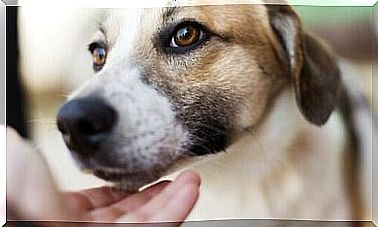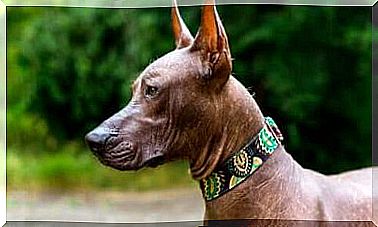Dog First Aid: What Do You Need To Know?
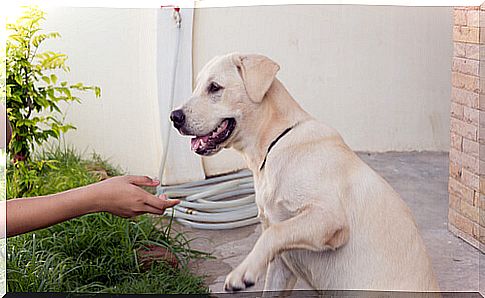
Now that you’ve finally found your ideal friend, who will be your life partner, with whom you’re loving to share your home, the only thing you want is for him to be the healthiest and happiest dog in the world.
But have you ever wondered what you can do if your pet has an emergency at a time when you might not be able to go to the vet? For this, we at My Animals teach you everything you need to know about first aid for dogs.
Like us, our animals need us to have a kit at home, so that we are always ready for any situation that arises. So it’s important to know what we need.
Be prepared for first aid
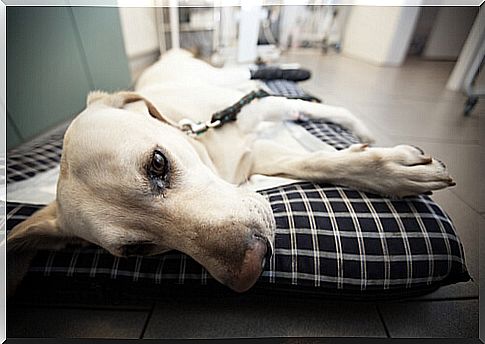
Although the most advisable in case of accidents or something more serious is to consult a veterinarian, there are many things we can do at home to prevent our dog from having even greater complications. It is very important that we have an exclusive first aid kit for our pet. Everything must be sterilized and, if used, must be sterilized again.
The most important items that should be included in a kit are:
- latex gloves;
- Scissors;
- Thick elastic tourniquet straps;
- antiseptic ointment;
- Antihistamine ointment;
- bandages;
- Adhesive;
- Thermometer;
- Alcohol, hydrogen peroxide and gauze;
- Tweezers;
- Ointment for burns.
Now let’s look at the most common situations and how to help your dog.
How to apply first aid for dogs
Where would you take your dog’s pulse if he was unconscious and you didn’t know if he was breathing? You can do it on the inside of the hind legs. Also, there are many things you should know about dog first aid. Here are some of the most common situations and how to act to help your furry friend.
- Bleeding. In case of bleeding in one of the animal’s extremities, a tourniquet is the best choice. You can ask the vet to teach you how to do this so be prepared. Tie a knot by creating too much pressure near the wound to cut off blood flow to the area and stop bleeding. If you don’t know, don’t do it.
- Burns: Apply ice to the place where your dog has been burned to relieve pain and avoid a severe scar. Then dry the area and apply a special burn ointment and cover it with gauze so the animal doesn’t lick it. Once the cream has been absorbed, leave the wound uncovered.
- Wounds. The first thing to do is disinfect, as wounds are caused by a fall, a bite or a blow to metal or something similar. All of these can contain a lot of bacteria that are harmful to your pet. If your dog is a little “aggressive” or you think he might bite when in pain, don’t use alcohol. Instead, disinfect the wound with hydrogen peroxide and apply an antiseptic ointment. Cover with gauze and tape.
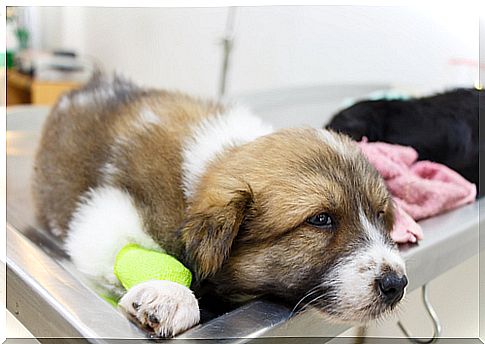
- Asphyxia. If your dog has fallen into the water and is not breathing, grab him by the hind legs and put him upside down. This will help expel water from the lungs. If he still doesn’t breathe, apply pressure on both sides of his chest. If with all this the animal does not breathe, close your dog’s mouth, put your closed fist over your nose and use it as a tube to leave air in your pet’s nostrils.
- Bites. If another dog bites your friend, cut the fur around the wound to facilitate disinfection, clean it with warm water, and apply an antiseptic ointment. If you notice that it’s not just a superficial wound, it’s best to go urgently to a veterinary clinic.
- Running over. If your dog is run over, avoid moving the animal sharply and, first of all, make sure it breathes. You can pull your tongue out of your mouth to make sure it’s not an obstacle to breathing.
We hope our advice is helpful to you. We hope, however, that you never need to use them.

